
Visual Art |
Up |
Prev |
Next |
"Azure", the hue, is the hue of the deep sky and one of the two main hues of the sea. It is halfway between Blue and Cyan. It is also the hue of certain gemstones, certain blue cloth, cyanotype prints and some birds.
The sky is an unusual beast chromatically, as it appears a uniform whole, yet changes hue as it lightens tone from Cobalt Blue at the zenith on a bright cloudless day, through somewhere between Azure and Royal Blue into Sky Blue and Pale Sky Blue on the horizon, both of which are firmly in the Royal Blue hue.
There were a lack good pigments and dyes for Azure from the beginning with the only really clean and lightfast blues being Lapus Lazuli which was very expensive and Egyptian Blue whose secret of manufacture was lost. Nonetheless there were cheap, temporary options with dirty dyes, so it has always been well represented in clothing if not so much in painting. Such pigments include: Indigo from the plant Indigofera tinctoria, Smalt from powdered cobalt glass, and Woad which was obtained from the plant Isatis tinctoria.
All this changed in 1706 when Prussian Blue Fe4[Fe(CN)6]3 was synthesized for the first time, probably by the paint maker Diesbach in Berlin. It was stable, lightfast and cheap and immediately became the main blue pigment for numerous applications. It was the pigment used for the uniforms of the Prussian army of the time, of blueprints and of laundry blueing. It is still used today.
Today there are other spectacular bright blues and azures available such as: Pthalo Blue, Ultramarine Blue and Cobalt Blue.
| Powder Blue | Baby Blue | Cut Aquamarine |
| HSB 210°, 41%, 100% RGB 150, 203, 255 |
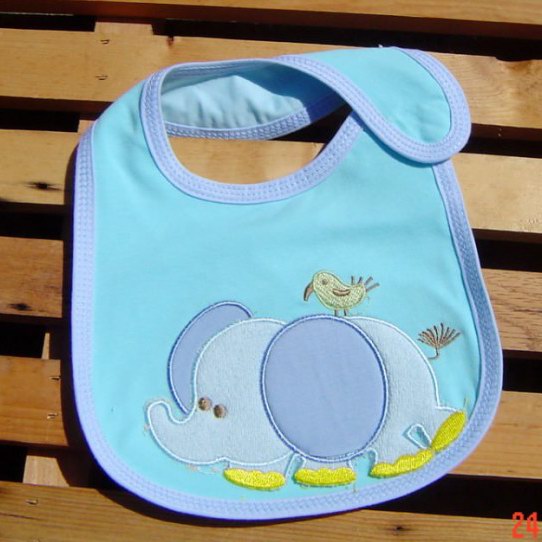 |
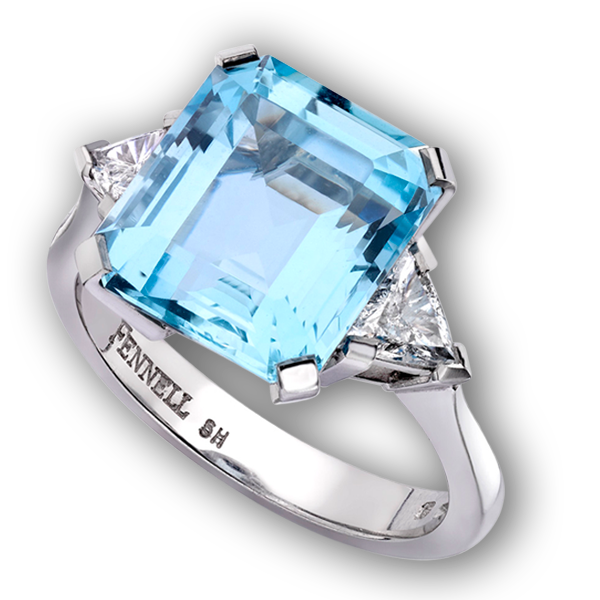 |
| "Powder Blue" was originally powdered cobalt glass, (also known as "Smalt"), a deep blue and used in laundering and dyeing applications. The name came to be associated with a pale tint of the original colour left after laundering and that sense is used here rather than undiluted Smalt. | "Baby Blue" is an arbitrary name for any pale blue so I have chosen to fix it to be the same colour as Powder Blue. It has been commonly used for clothing and surroundings for baby boys in the western world since 1940. Here is a typical example. | Aquamarine is a pale blue variety of Beryl. "Powder Blue" is the midtone of the cut gem in good light. |
| Light Azure | Verditer Flycatcher (mating male) | Iceberg |
| HSB 200°, 100%, 100% RGB 0, 170, 255 |
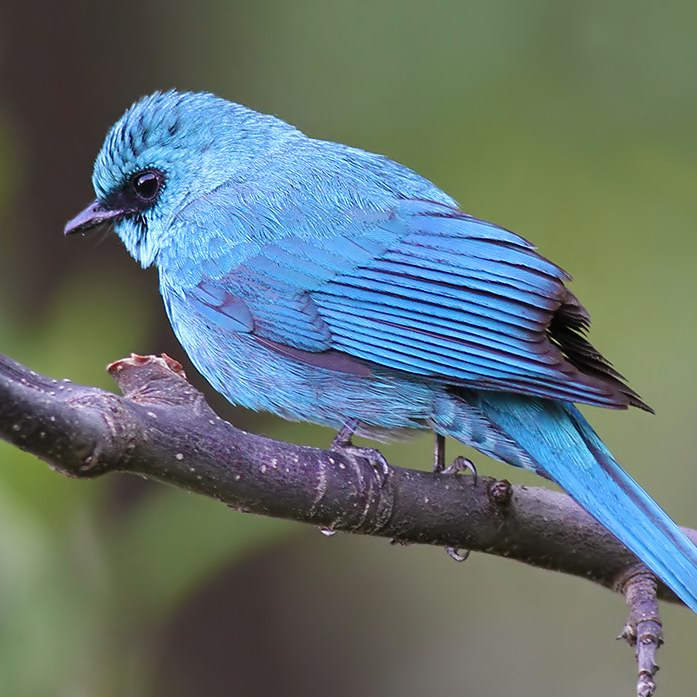 |
 |
| "Light Azure" is the colour of icebergs, a few birds and a few chemicals including anhydrous cobalt (II) chloride. You might think that it is sky blue but it is slightly too green for that. | The male Verditer Flycatcher has two colours: The non-mating, which is a Dark Cyan and the mating, which is this one. | Icebergs vary in colour depending on their freshness and lighting conditions. This is the colour of a freshly calved iceberg in the shade. |
| Azure | Azure Sky | Azure Sea |
| HSB 200°, 100%, 70% RGB 0, 119, 178 |
 |
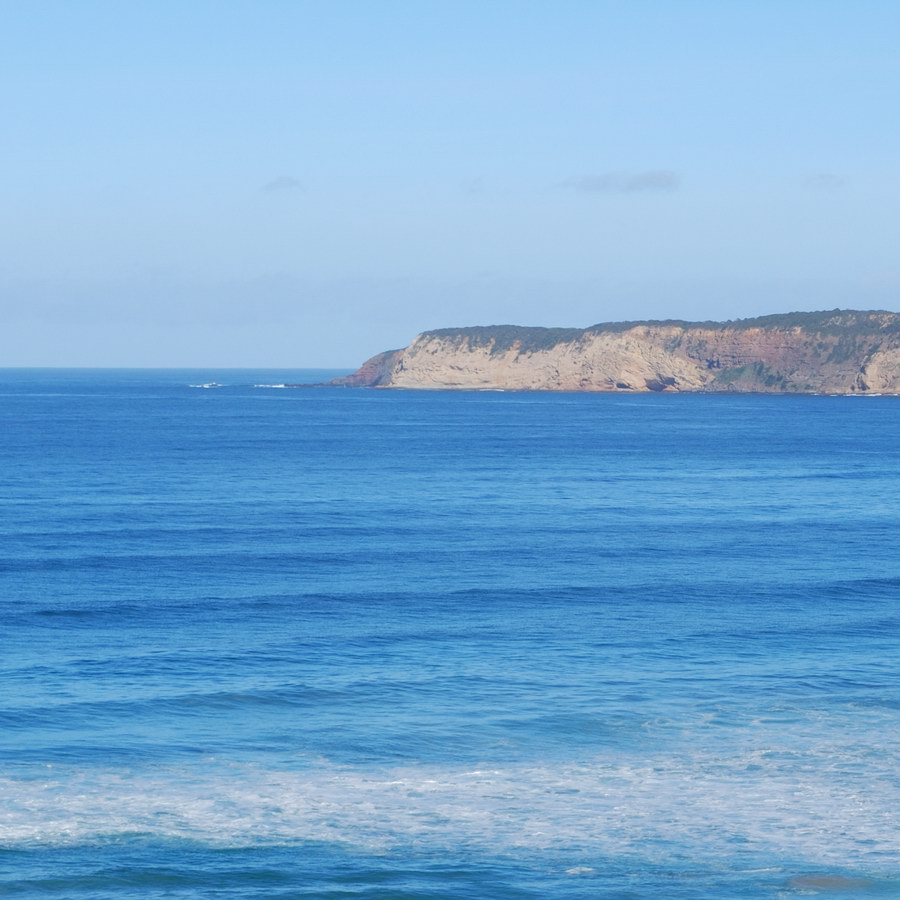 |
| "Azure" is one of the colours of the sky and sometimes of the sea. | The sky has a number of shades and "Azure" is often the deepest depending on the strength of the sun. Strictly speaking this aspect of the sky has a hue between Azure and Royal Blue, but since it is so important and is close to Azure I have chosen to put it here anyway. In places where the sun is very strong the colour of the zenith will be closer to Cobalt Blue. | Azure Seas may be common or uncommon depending on your location. Certainly you need a clear sky. |
| Cobalt Blue | Indigo | Cobalt(II) Aluminate |
| HSB 200°, 100%, 53% RGB 0, 90, 135 |
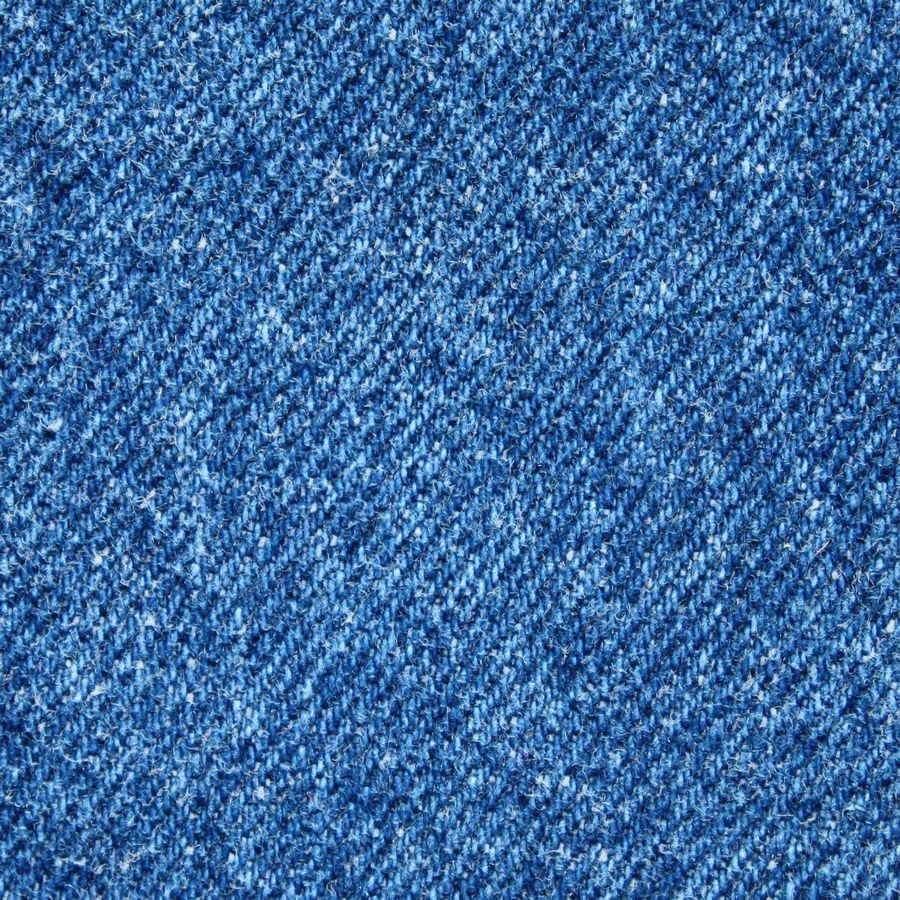 |
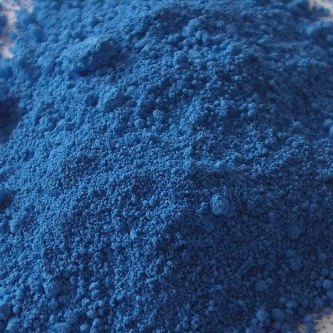 |
| "Cobalt Blue" is a cobalt(II) aluminate, CoAl2O4. It is the colour of the zenith of a brilliant desert sky, sometimes the colour of the deep blue sea and of blue jeans. | "Indigo" is the colour of blue denim which is traditionally cotton twill dyed with Indigo. The more dips in the dyeing vat the deeper the colour which explains the variation in tone. Still this colour is quite typical. | Cobalt (II) aluminate defines the colour "Cobalt Blue". Here it is in refined powder form. It is used as a pigment for paints which are often used to paint the sea and sky. |
| Prussian Blue | Blueprint | Prussian Uniform |
| HSB 200°, 100%, 34% RGB 0, 57, 87 |
 |
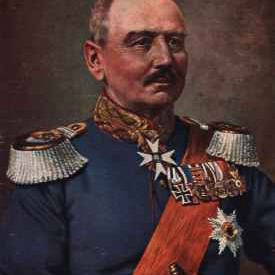 |
| "Prussian Blue" Fe4[Fe(CN)6]3 was probably synthesized for the first time by the paint maker Diesbach in Berlin around the year 1706. It was stable, lightfast cheap and immediately became the main blue pigment for numerous applications. It was the pigment used for the uniforms of the Prussian army of the time, of blueprints and of laundry blueing. | "Engineer's Blue" was a mixture of Prussian Blue and oil used to "Blueprint" engine parts and remove high spots. Prussian Blue is also the result of an exposure used in the "Cyanotype" printing process, which produced "Blueprints" of plans. | Since the pigment" Prussian Blue was first synthesised by a German in what was then Prussia, it is not surprising that it became the colour if the uniforms of the great Prussian army. It was cheap, effective and distinctive and they snapped it up! So famous was this army that it gave its name to the colour. |